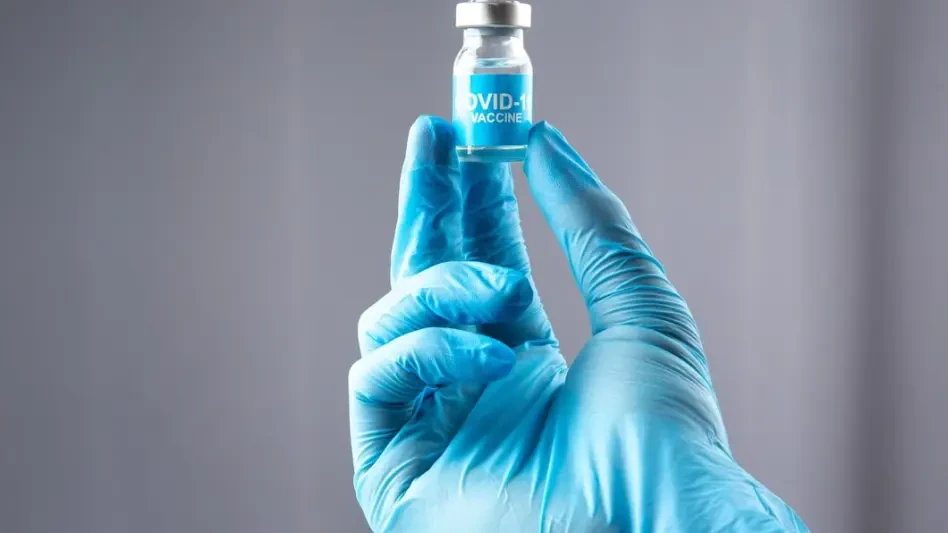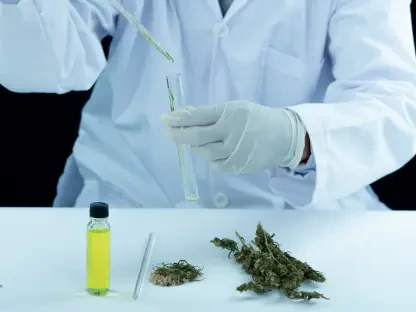Today, we’re thrilled to sit down with Faisal Zain, a leading healthcare expert with deep expertise in medical technology. With years of experience in the manufacturing of cutting-edge medical devices for diagnostics and treatment, Faisal has been at the forefront of innovation in the field. In this conversation, we dive into the fascinating world of lipid-based nanomedicines and vaccines, exploring their transformative potential, the science behind their design, the challenges of manufacturing, and the regulatory landscape shaping their development. Join us as Faisal shares his insights on how these tiny carriers are revolutionizing drug delivery and what the future holds for this rapidly evolving technology.
Can you start by giving us a simple explanation of what lipid-based nanomedicines are and how they work?
Absolutely. Lipid-based nanomedicines are essentially tiny carriers made of lipids, which are fat-like molecules, designed to deliver drugs or other therapeutic agents into the body more effectively. These carriers, often in the form of liposomes or lipid nanoparticles (LNPs), act like protective bubbles that encapsulate the drug or payload, helping it reach the right spot in the body without degrading or causing unwanted side effects. Liposomes are like hollow spheres with a watery core, often used for delivering small molecules or proteins, while LNPs are more complex and solid, ideal for carrying genetic material like mRNA or siRNA. Their main job is to improve the bioavailability and targeting of drugs, whether it’s for cancer treatment, vaccines, or personalized therapies.
What’s behind the recent surge in interest for lipid nanoparticles, especially in the context of vaccines?
The spotlight on lipid nanoparticles really intensified during the COVID-19 pandemic. LNPs were the backbone of some of the most successful mRNA vaccines, proving their ability to deliver fragile genetic material into cells safely and effectively. Unlike older delivery methods, LNPs are less toxic and can be tailored to protect and transport nucleic acids like mRNA, which is a game-changer for rapid vaccine development. Beyond vaccines, their potential in areas like cancer immunotherapy and gene therapy has fueled a booming market, with significant growth projected over the next decade. The ability to scale up production relatively easily and adapt the platform for different therapies has made them incredibly appealing to researchers and industry alike.
Let’s talk about the design of these systems. What are the key building blocks of a lipid nanoparticle, and why do they matter?
The design of a lipid nanoparticle is quite intricate. The core components include ionizable lipids, which help bind and release the payload like mRNA inside cells; helper phospholipids for structural support; cholesterol to add stability; and PEG-lipids to prevent clumping and improve circulation in the body. Each of these plays a critical role in how the nanoparticle behaves—whether it can protect the payload, evade the immune system, or efficiently enter target cells. The design also depends on the payload itself. For instance, mRNA requires specific conditions to stay stable, so the lipid composition and ratios are adjusted accordingly to ensure performance and safety.
Why are factors like particle size and composition so crucial for the effectiveness of these nanomedicines?
Particle size and composition are make-or-break factors. Size, typically in the range of 30 to 100 nanometers for LNPs, affects how the particle moves through the bloodstream, penetrates tissues, and gets taken up by cells. Smaller particles often circulate longer and can access tighter spaces, which is vital for efficacy. Composition, on the other hand, determines stability and targeting. If the balance of lipids isn’t right, or if the payload isn’t properly encapsulated, you risk leakage, which can lead to reduced potency or even toxicity. Buffers and stabilizers, like sugars, are also added to maintain integrity during storage and transport, ensuring the product remains effective over time.
How do regulatory agencies approach the evaluation of lipid-based nanomedicines, and what do they focus on?
Regulatory bodies like the FDA and EMA have developed specific guidelines to ensure the safety and quality of lipid-based nanomedicines. They focus heavily on critical quality attributes like particle size, surface charge, and the amount of payload encapsulated, as these directly impact how the drug behaves in the body. Testing is rigorous, covering everything from physical characteristics to biological activity, both during development and after the product hits the market. These agencies want to see consistency and proof that the product remains stable and effective over its shelf life, which means developers must conduct detailed studies on purity, potency, and potential impurities at every stage.
What are some of the common challenges or mistakes scientists encounter when working with lipid nanoparticles?
There are quite a few hurdles. One big issue is inaccurate characterization. For example, relying on a single method to measure particle size can miss important variations, leading to misleading data. Another pitfall is assuming lab results will directly translate to real-world conditions—the body’s complex environment often changes how these particles behave. During manufacturing, mishandling raw materials or neglecting impurities in lipids can compromise the stability of sensitive payloads like mRNA. Even small errors, like improper storage during freeze-thaw cycles, can cause degradation or leakage, so attention to detail is absolutely critical.
Stability is often mentioned as a key concern. What strategies are being explored to make these formulations more stable at room temperature?
Stability, especially for vaccines, is a huge focus because many formulations require cold storage, which poses logistical challenges. One promising approach is lyophilization, or freeze-drying, which removes water from the product to slow down degradation. Adding protective agents like sucrose helps prevent particle clumping during this process. Spray drying is another method being explored to create stable powders for alternative delivery routes, like inhalation. The goal is to maintain key attributes like particle size and payload integrity after drying, which requires careful optimization of the process and formulation to ensure the product can be easily reconstituted and used.
Scaling up production seems like a complex task. What are the biggest obstacles in taking these nanomedicines from lab to large-scale manufacturing?
Scaling up is indeed a challenge. At a small scale, you might mix components in a couple of hours, but at a commercial scale, that process can stretch to much longer, risking payload stability if not managed properly. Technologies like microfluidic mixers help control particle size and consistency, but translating lab parameters to industrial-scale equipment requires extensive testing. Other hurdles include ensuring raw material quality, maintaining batch-to-batch consistency, and meeting strict sterility standards. Purification steps, like removing residual solvents, also need careful monitoring to avoid compromising the final product. It’s a balancing act between speed, cost, and quality.
Looking ahead, what is your forecast for the future of lipid-based nanomedicines and vaccines in healthcare?
I’m incredibly optimistic about the future of lipid-based nanomedicines. We’re just scratching the surface of their potential. Over the next decade, I expect to see even broader applications, from more advanced mRNA vaccines for infectious diseases to tailored therapies for rare genetic disorders and cancer. Innovations in formulation and manufacturing will likely make these systems more stable and accessible, reducing reliance on cold chains and opening up possibilities in resource-limited settings. As regulatory frameworks evolve and technology advances, I believe we’ll see faster development timelines and more personalized treatments, truly transforming how we approach healthcare.









